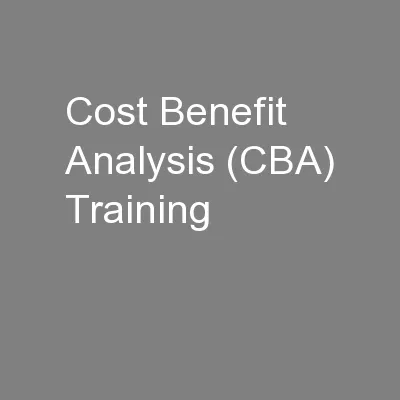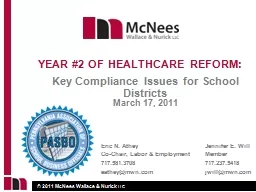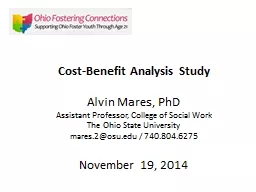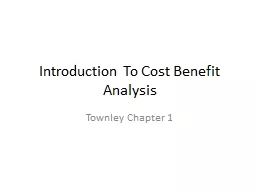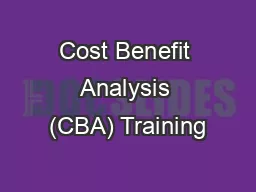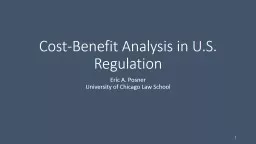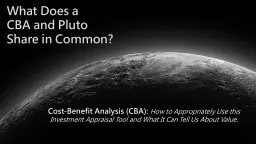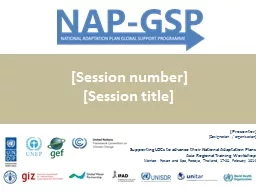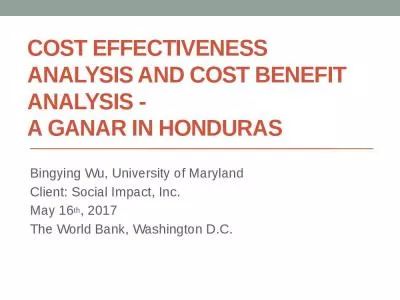PPT-Cost Benefit Analysis (CBA) Training
Author : trish-goza | Published Date : 2016-12-05
for Decision Makers and Managers 29 May 2015 Visit our CBA Website for more information regarding locations signing up upcoming training sessions and more httpscpparmymil
Presentation Embed Code
Download Presentation
Download Presentation The PPT/PDF document "Cost Benefit Analysis (CBA) Training" is the property of its rightful owner. Permission is granted to download and print the materials on this website for personal, non-commercial use only, and to display it on your personal computer provided you do not modify the materials and that you retain all copyright notices contained in the materials. By downloading content from our website, you accept the terms of this agreement.
Cost Benefit Analysis (CBA) Training: Transcript
Download Rules Of Document
"Cost Benefit Analysis (CBA) Training"The content belongs to its owner. You may download and print it for personal use, without modification, and keep all copyright notices. By downloading, you agree to these terms.
Related Documents

